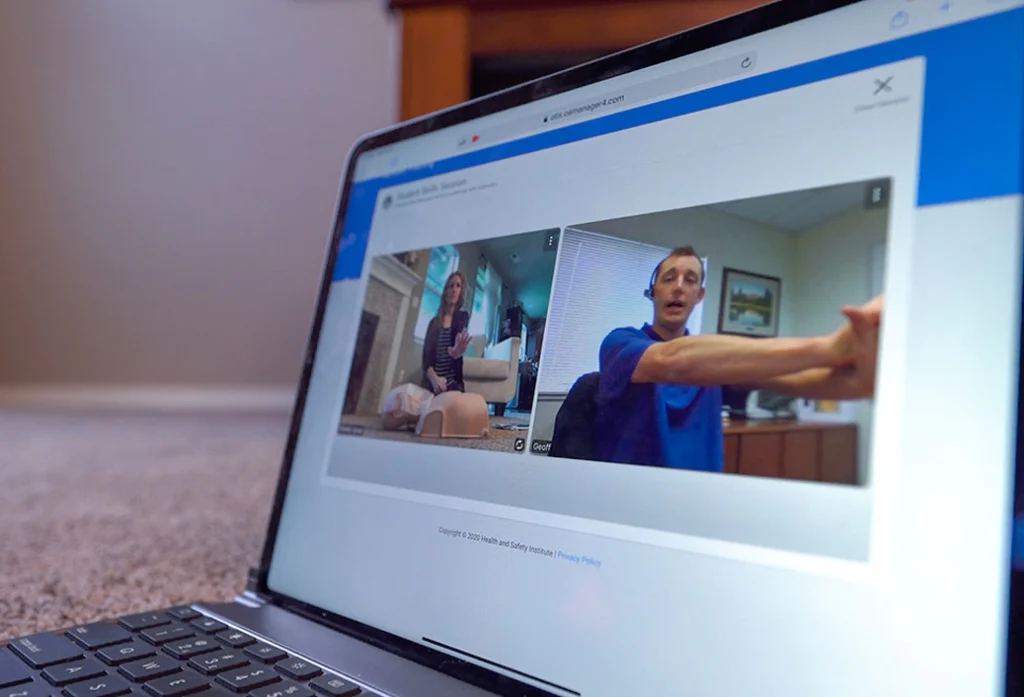157A G.S. RAKOVSKI STR. SOFIA
Please provide "Instagram App" settings to proceed.
Training Programs
HSI First aid Programs
Basic Life Support (BLS)
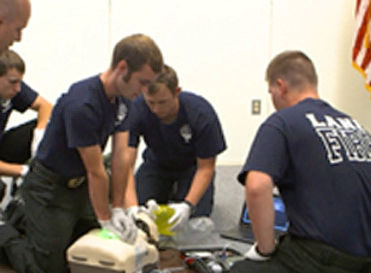
The HSI Basic Life Support (BLS) program is for participants to gain or improve knowledge and skill proficiency in high-quality CPR skills and teamwork for the adult, child, and infant….
Stop Life-Threatening Bleeding
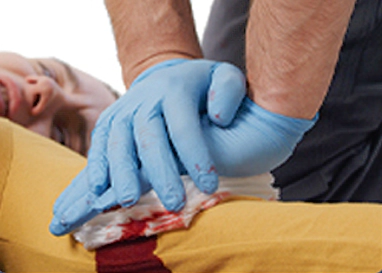
According to the Centers for Disease Control and Prevention, traumatic injury is one of the leading causes of death for people under 50 years of age in the United States. …
HSI Adult First Aid | CPR AED
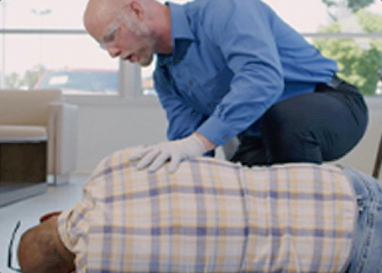
The goal of the HSI Adult First Aid | CPR AED training program is for participants to gain or improve knowledge and skill proficiency in adult first aid and/or CPR AED for adult, child, and infant….
Emergency Use of Medical Oxygen
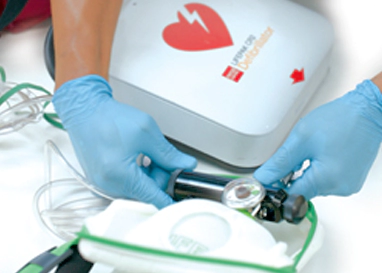
Serious and life-threatening medical emergencies often cause oxygen to be depleted in the body leaving the victim at risk for shock. MEDIC First Aid Emergency Oxygen …
Pediatric First Aid | CPR AED

The goal of the HSI Pediatric First Aid | CPR AED training program is for participants to gain or improve knowledge and skill proficiency in pediatric first aid and/or CPR AED for adult, child, and infant….
Child and Babysitting Safety

The new Child and Babysitting Safety (CABS) program from ASHI gives teenagers and young adults everything they need to know for safe and successful babysitting…
ASHI Advanced First Aid
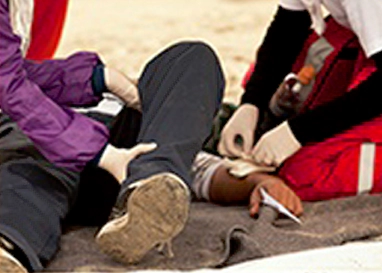
The ASHI Advanced First Aid course is designed for the person who needs or desires more first aid training than Basic First Aid, but not to the level of Emergency Medical Response…
Instructor Development Course (IDC)
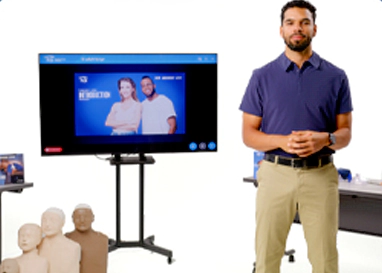
Whether you’re an entrepreneur looking to start your own emergency care training business or the newly designated training coordinator at your company or agency…
HaRA First aid Programs
CPR-AED
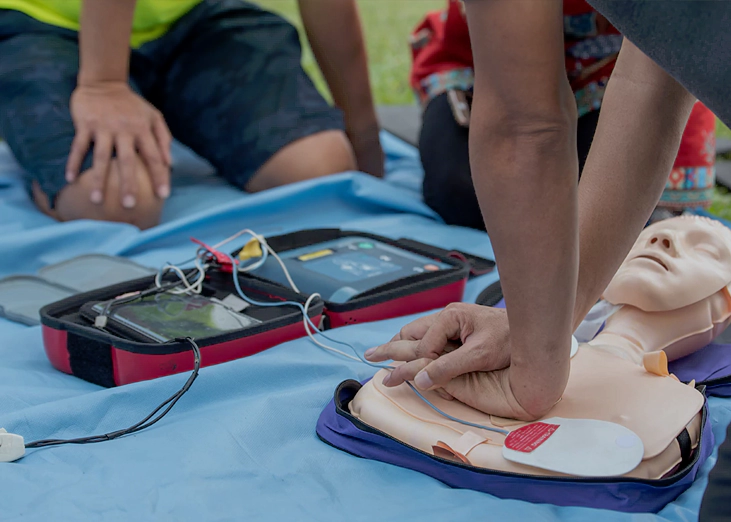
The role of a first aider
Level of consciousness – Who to Place in the recovery position, an who not to – Place someone in the recovery position, practice…and more…
Emergency First Aid at Work
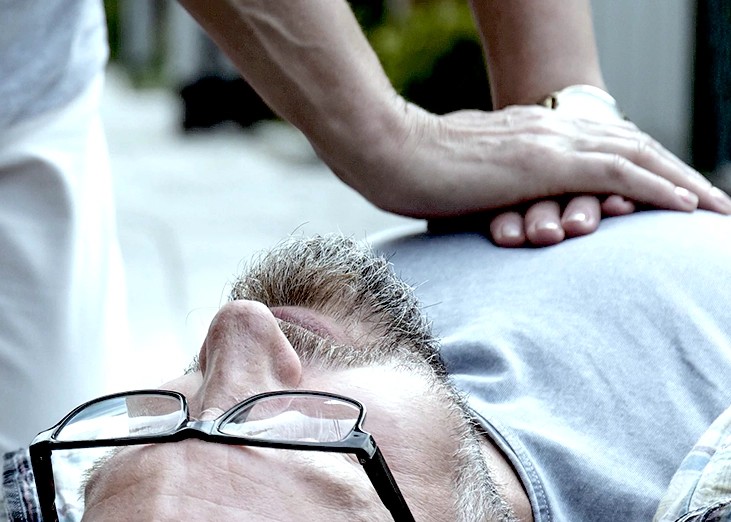
The role of a first aider
Personal safety – Call for help
Level of consciousness – Who to Place in the recovery position, an who not to…. and more…
Emergency First Aid at Work II

The role of a first aider
Level of consciousness – Who to Place in the recovery position, an who not to- Place someone in the recovery position, practice…and more…
First Aid at Work
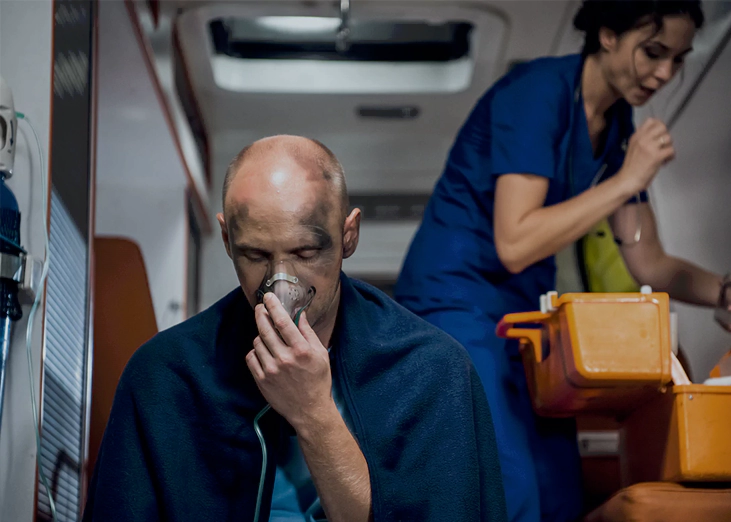
The role of a first aider
Personal safety – Personal safety exercises – Using barriers – Call for help… and more
HaRA Health and Safety Programs
Rescue training
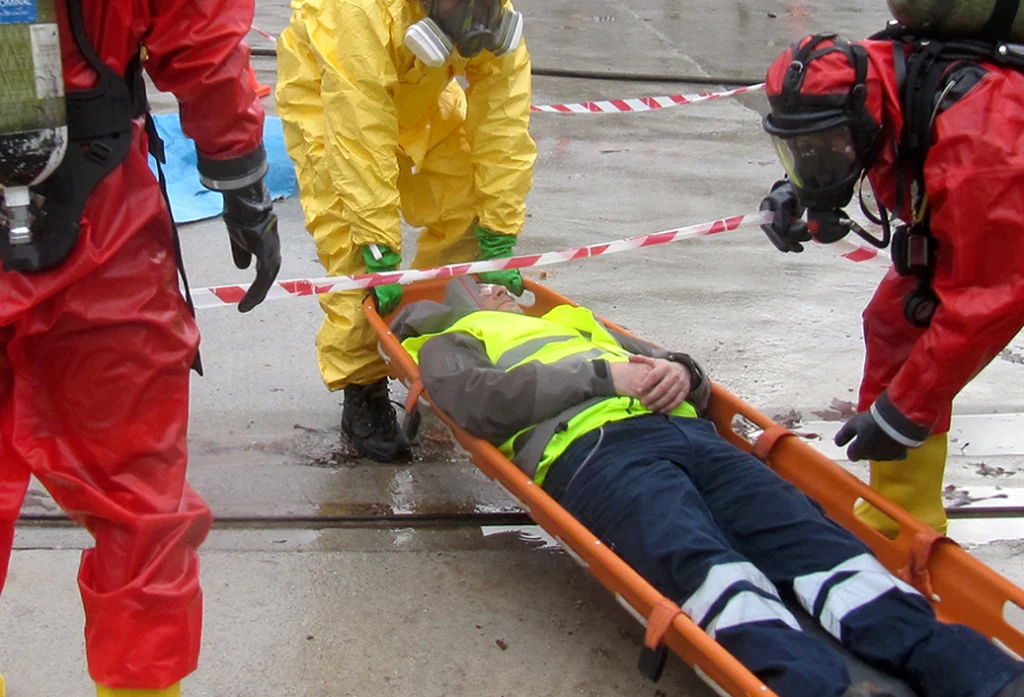
• 5 days training at BG4 Close Circuit Breathing Apparatus, containing SAR underground, Fire Fight, First Aid – Stretchers and “victim’’ care in fresh air Base, SET – UP and planning of the Rescue Team entering and exiting the incident Area.
• 2 days of Hazardous Materials training and use of all type of chemical suits and set up of team, MSDS of materials, entering and exit procedures of the Rescue Team and drills.
• 3 days of Vehicle extrication training, maintenance of equipment, techniques and procedures, Rescue Team Captain responsibilities and team set up, Vehicle stabilization, communications in the team.
• 4 days of Rope – Vertical rescue with stretchers, rescue tripod and industrial safety – rescue equipment. Rescue Team Captain responsibilities, team set up & procedures.
• 3 days of Confined Space Rescue techniques and procedures, practical drills, ventilation and risk assessment in confined spaces, team set up and SCBA use in Confined Space.
• 4 days training at SCBA and fire-fighting, First Aid, ER team set up, fire fight equipment maintenance and set – up, foam generator use and mainte
Crisis Managment training
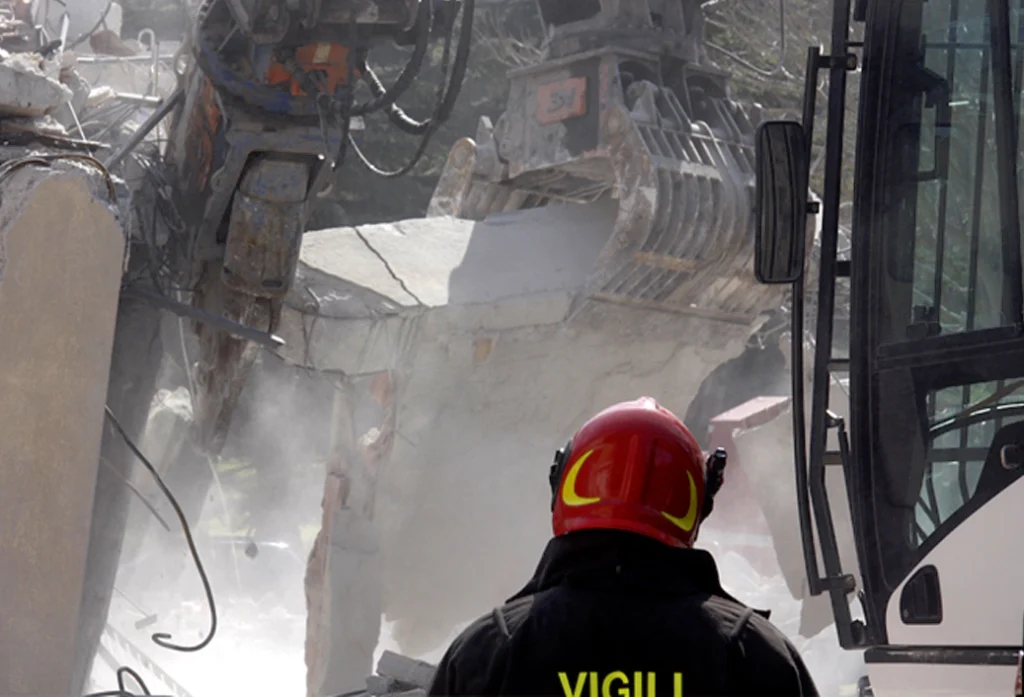
Crisis Management
Emergency Preparedness
- Introduction
- OSHA Requirements
- What is an Emergency?
Types of Emergency
- Weather emergencies
- Non weather Emergencies
- Fires
- Medical Emergencies
Emergency Response Plan
Emergency action procedures
- Receive Notification
- Provide Warning
- Evacuate( Evacuate Routes and Exits – Assembly and Shelter areas – Accounting for personnel
Implement emergency response procedures
- General procedures
- Specific procedures
- Shut down facility or close plant
- Return to normal operations
Training Course time: 4 hours
Health and Safety training

Lockout-Tagout
- The OSHA standard for The Control of Hazardous Energy (Lockout/Tagout), addresses the practices and procedures necessary to disable machinery or equipment, thereby preventing the release of hazardous energy while employees perform servicing and maintenance activities. The standard outlines measures for controlling hazardous energies—electrical, mechanical, hydraulic, pneumatic, chemical, thermal, and other energy sources.
4 Hours Awareness Level
Fall Protection
- OSHA requirements for when and how to use fall protection
- Fall protection with unprotected, leading sides and edges
- Avoiding falling objects and struck-by hazards
- Impact force
- Using guardrail, personal fall arrest, warning line and safety monitoring systems
- Training requirements
Safety equipment inspection procedures
4 Hours – Awareness Level | 8 Hours – Operations Level
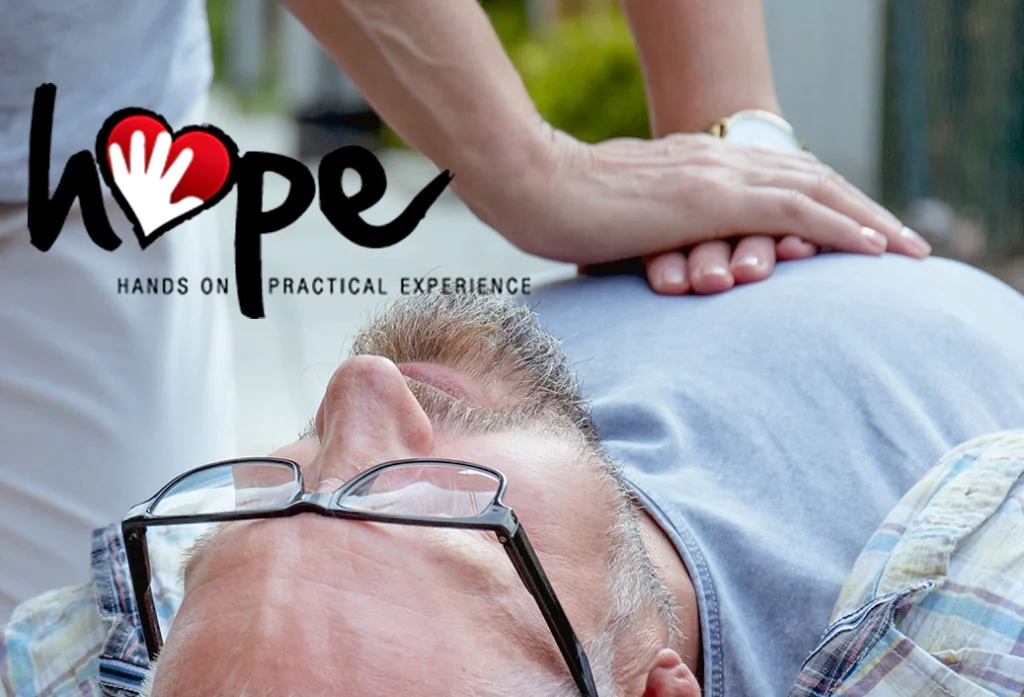
HOPE
HOPE: Hands-On CPR Training That Saves Lives
HOPE (Hands On Practical Experience) is a life-saving initiative that offers a simplified, practical approach to learning CPR—focusing exclusively on chest compressions. This method, known as compression-only CPR, eliminates the need for mouth-to-mouth breaths, making it more accessible and less intimidating for bystanders, especially in emergency situations.
Research has shown that chest compression-only CPR is equally effective as traditional CPR in many cases, especially when administered immediately after cardiac arrest. By teaching this streamlined technique, HOPE empowers more people to take action during critical moments, without the hesitation that can come with more complex CPR methods.
Remote skills verification
What is RSV ?
How RSV Works ?
Programs & Delivery Methods
